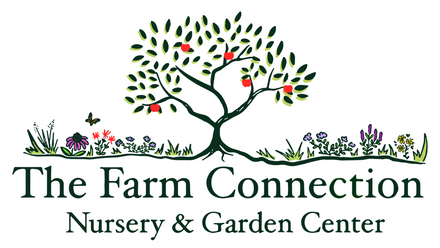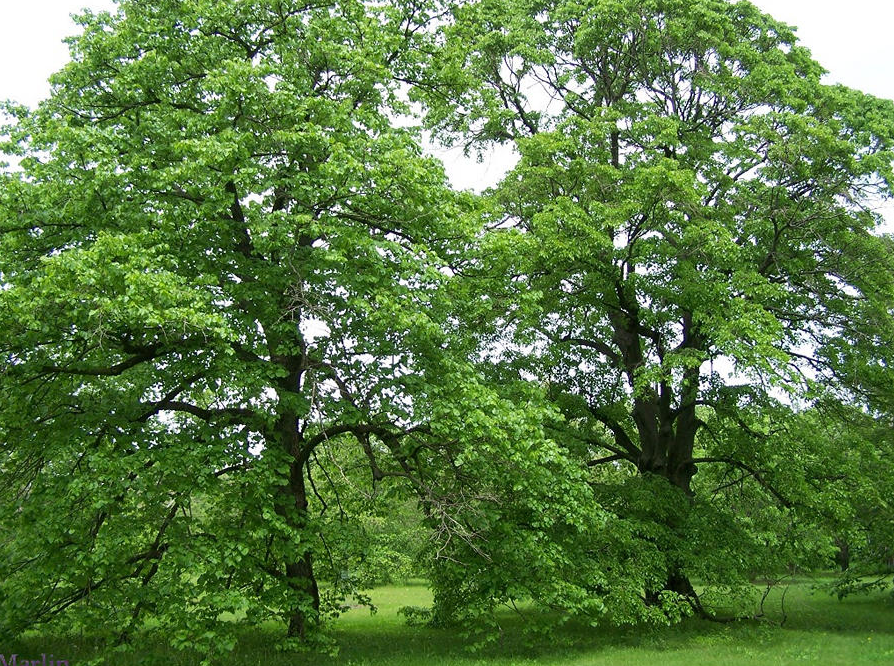Linden, American, Bare Root
Beloved Bee Tree with Summer Nectar Power
Linden, American, Bare Root - Bare Root / 1-2' is backordered and will ship as soon as it is back in stock.
Couldn't load pickup availability
Delivery and Shipping
Delivery and Shipping
Make sure to thoroughly review our entire "Shipping, Returns, Refunds, and Our Guarantee" page for all relevant details about ordering from our store.
Making a purchase from our store constitutes an agreement to all the conditions outlined in those policies.
We appreciate your support and look forward to being your favorite plant provider!
Subscribe to our newsletter
Sign up for exclusive offers.
American Linden (Tilia americana)
Also known as Basswood, the American Linden is a stately native tree prized for its sweetly fragrant flowers, pollinator value, and soft, workable wood. Found in rich forests throughout the eastern and central U.S., this large deciduous tree plays a vital ecological role in supporting native bee populations and providing shade in diverse planting systems. Its early-summer blooms are a magnet for pollinators, especially native bees, and its foliage feeds the larvae of numerous moths and butterflies.
Key Characteristics
-
Top-tier nectar source for native bees
American Linden blooms in early summer, just as many other spring nectar sources are fading. Its creamy-yellow flowers are rich in nectar and attract a wide variety of native bees, honeybees, and other beneficial pollinators. It's considered one of the most important bee trees in eastern North America. -
Host plant for several native moths
The leaves provide food for the larvae of the Eastern Tiger Swallowtail (Papilio glaucus), Linden Prominent (Ellida caniplaga), and other moths, supporting healthy insect populations and food webs for birds and other wildlife. -
Excellent shade and canopy tree for diverse systems
With its broad, dense canopy and tall, straight growth, American Linden is ideal for use in food forests, forest edge plantings, and as a long-lived shade tree in silvopasture systems or large permaculture designs. -
Traditionally used for medicine and fiber
Indigenous and early settler communities used the inner bark for cordage and the flowers in calming herbal teas. The flowers have been traditionally used to support stress relief, mild anxiety, and respiratory health. -
Soil-building and forest-repair species
Linden drops large quantities of nutrient-rich leaf litter, which helps build soil over time. Its fast juvenile growth and deep root system also make it suitable for reforestation and restoration of degraded forest soils.
Product Details
- Native range: Eastern and Central U.S., from the Great Plains to the Atlantic
- Plant life cycle: Deciduous Tree
- Sun requirements: Full sun to partial shade
- Soil requirements: Medium; prefers rich, loamy soils but is adaptable
- Mature height: 60–80 feet
- Bloom time: Early summer
- Bloom color: Pale yellow
- USDA Hardiness zones: 3–8
American Linden is a foundational native tree that supports pollinators, provides ecosystem shade, and enhances soil and habitat quality. Ideal for long-term canopy structure in regenerative landscapes and biodiverse forest gardens.
-
Sun RequirementsFull Sun, Part Sun/Shade
-
Soil RequirementsMedium, Medium-Wet, Wet
-
Bloom ColorYellow
-
Bloom TimeJune, July
-
USDA Hardiness ZonesZone 3, Zone 4, Zone 5, Zone 6, Zone 7, Zone 8
Payment & Security
Payment methods
Your payment information is processed securely. We do not store credit card details nor have access to your credit card information.




